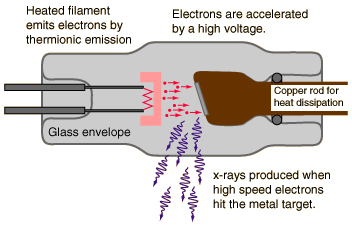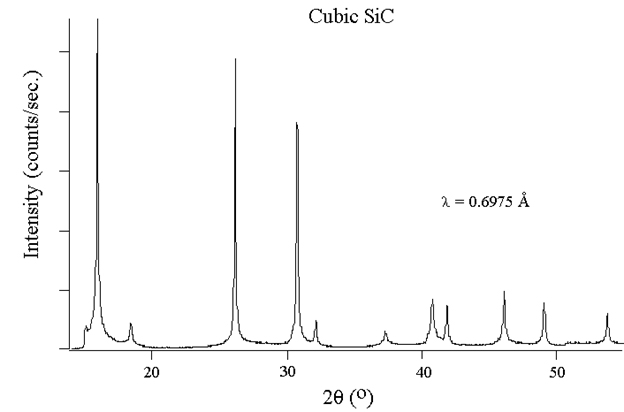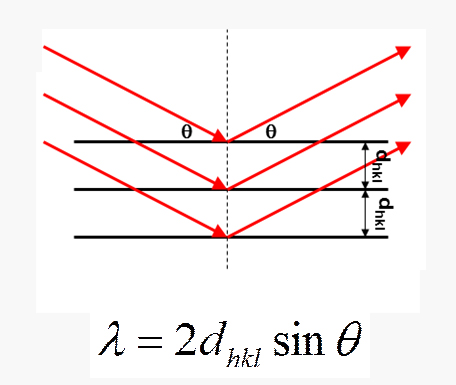Planta de
Generación de Hidrógeno por electrólisis del agua
Electrolito de hidrógeno y de oxígeno de
electrolito circulan por separado, bombea hidrógeno electrolito en la celda de
hidrógeno directamente y electrolitos de oxígeno
bombea oxígeno directamente en la celda, y por lo tanto tiene una mayor pureza de hidrógeno y gas de oxígeno
bombea oxígeno directamente en la celda, y por lo tanto tiene una mayor pureza de hidrógeno y gas de oxígeno
Especificaciones
Capacidad H2 2-500 Nm3 / h
Capacidad de O2 1-250 Nm3 / h
Pureza H2%> 99.9
O2% de pureza> 99,5
Consumo de energía (DC) <4,5 kw.h / m3H2
Electrolito 30% de KOH
0.5-5.0MPa Presión de trabajo
Descripción general del
proceso de electrólisis
La electrólisis es el paso de una corriente eléctrica continua a través de una sustancia iónica que es ya sea fundido o
disuelto en un disolvente adecuado, dando lugar a reacciones químicas en los electrodos y la separación de materiales.
Los principales componentes necesarios para lograr la electrólisis son:
Un electrolito: una sustancia que contiene iones libres que son los portadores de corriente eléctrica en el electrolito.
Si los iones no son móviles, como en una sal sólida a continuación, no se puede producir electrólisis.
Una corriente continua (CC) Suministro directo: proporciona la energía necesaria para crear o descargar los iones en el electrolito.
La corriente eléctrica es transportada por electrones en el circuito externo.
Dos electrodos: un conductor eléctrico que proporciona la interfaz física entre el circuito eléctrico que proporciona la energía y la
electrolito. Los electrodos de metal, grafito y material semiconductor son ampliamente utilizados. Elección del electrodo adecuado depende de química
la reactividad entre el electrodo y el electrolito y el coste de fabricación.
La electrólisis es el paso de una corriente eléctrica continua a través de una sustancia iónica que es ya sea fundido o
disuelto en un disolvente adecuado, dando lugar a reacciones químicas en los electrodos y la separación de materiales.
Los principales componentes necesarios para lograr la electrólisis son:
Un electrolito: una sustancia que contiene iones libres que son los portadores de corriente eléctrica en el electrolito.
Si los iones no son móviles, como en una sal sólida a continuación, no se puede producir electrólisis.
Una corriente continua (CC) Suministro directo: proporciona la energía necesaria para crear o descargar los iones en el electrolito.
La corriente eléctrica es transportada por electrones en el circuito externo.
Dos electrodos: un conductor eléctrico que proporciona la interfaz física entre el circuito eléctrico que proporciona la energía y la
electrolito. Los electrodos de metal, grafito y material semiconductor son ampliamente utilizados. Elección del electrodo adecuado depende de química
la reactividad entre el electrodo y el electrolito y el coste de fabricación.



















